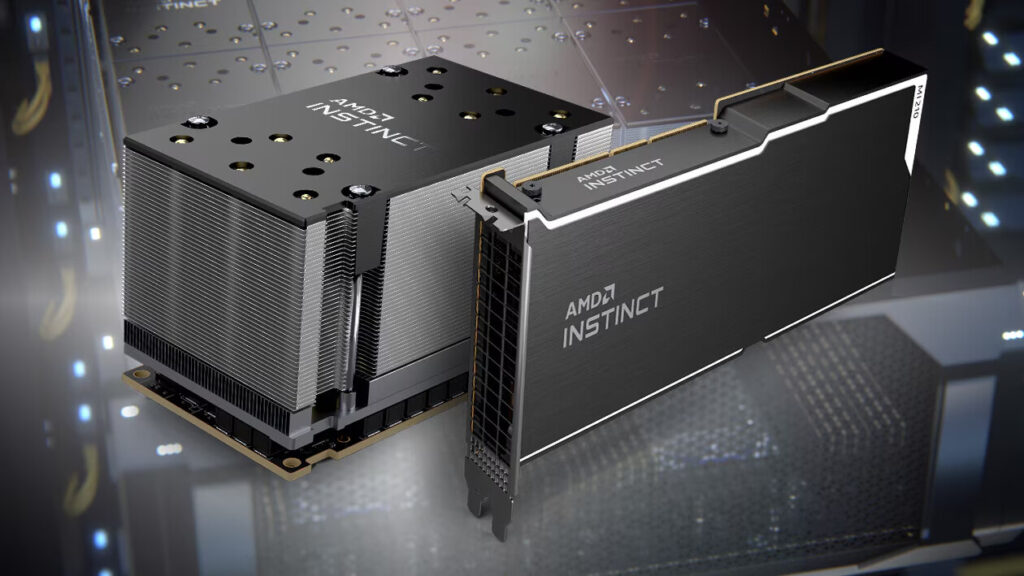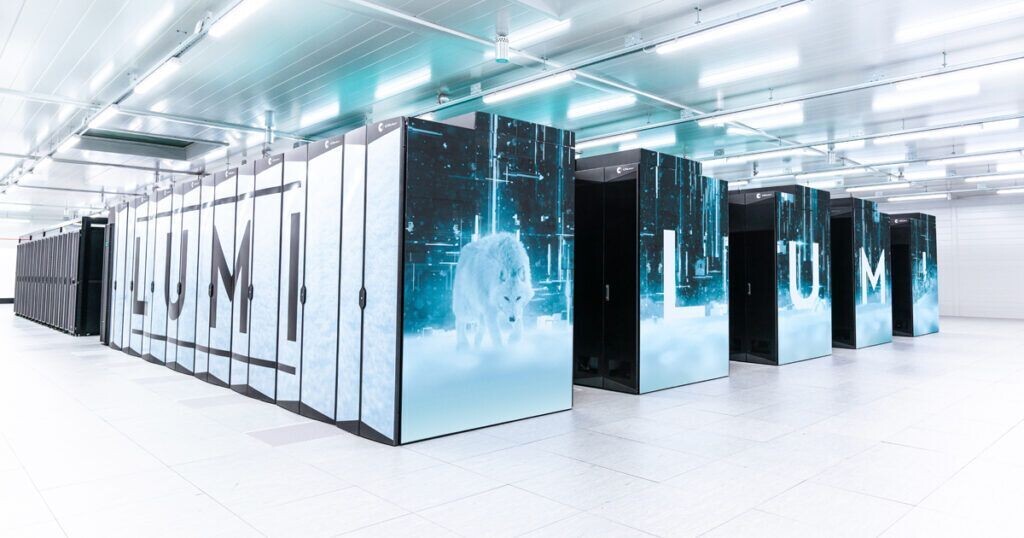
You know those sci-fi movies where countries team up to solve a huge crisis, like an alien invasion or a global disaster? Scientists and engineers work around the clock, governments share resources, and at the last second, humanity saves the day. It might sound like a Hollywood story, but something like that is actually happening right now! We’re not fighting aliens, but the world does face some big challenges, and countries are working together to build tech to tackle them.
Take the LUMI supercomputer in Kajaani, Finland, for example. It gets funding from the European High-Performance Computing Joint Undertaking (EuroHPC JU), which pools resources from EU countries, plus a group of nations including Finland, Belgium, Czech Republic, Denmark, Estonia, Iceland, the Netherlands, Norway, Poland, Sweden, and Switzerland. According to the Top500 list from November 2024, LUMI is the 8th fastest supercomputer in the world and the fastest in Europe. It can handle 380 petaflops, which is like having 1.5 million high-end laptops running at once! It’s built on the HPE Cray EX platform using AMD EPYC CPUs and AMD Instinct MI250X GPUs. Plus, it’s pretty eco-friendly—it ranks 25th on the Green500 list for energy efficiency, runs on 100% hydropower, and even uses its waste heat to warm about 100 homes in Kajaani.

LUMI’s incredible power is being used for all sorts of projects, but here are three ways it’s helping to change the world:

1) Tackling Climate Change
One of the biggest challenges we face is climate change, and LUMI is helping scientists figure out how to slow it down and handle its effects. A really cool project called Destination Earth creates a digital model of the planet with details down to five kilometers. It makes about a petabyte of data every day—way too much to handle without a supercomputer like LUMI. Before, climate scientists could only update their predictions every seven to ten years, but now they can do it at least once a year, making their forecasts much more accurate. This helps us prepare better. The model also lets scientists test different scenarios, like seeing how new weather policies might help reduce global warming.
2) Predicting Natural Disasters
Thanks to Destination Earth, LUMI can also predict natural disasters like hurricanes, floods, and droughts. Climate change played a role in at least 3,700 deaths in 2024, and scientists hope better predictions can lower that number, even as disasters become more common. LUMI also works with the European High-Performance Computing Centre of Excellence for Exascale on Solid Earth (ChEESE CoE). One project focuses on glacier outburst floods in Iceland, a country in the LUMI group. These floods are hard to predict because they depend on things like temperature, weather, ice melt, and small earthquakes in hard-to-reach areas. Using LUMI and Elmer/Ice software, scientists are simulating these floods to give earlier warnings and save lives. LUMI is also helping with projects on volcanic ash, fires, earthquakes, and more, and even uses AI to improve weather forecasting.
3) Fighting Diseases
LUMI is a big help in health research, especially for understanding and treating diseases. One of its first projects, ComPatAI, uses deep learning to study tissue samples. “We’ve mostly focused on prostate and breast cancer,” said Pekka Ruusuvuori, an Associate Professor at the University of Turku. “There’s a lot of data on these cancers since they’re so common, but we’re building a model that can be adapted for other uses too.” The project gets digital slides from Fimlab, Finland’s largest healthcare lab provider, and expects to have 2.5 million images by the end. This huge amount of data helps train AI to spot cancer that humans might miss.
Another project uses LUMI to model cell membranes at the atomic level. Diseases like Alzheimer’s, Parkinson’s, and type-2 diabetes change cell membranes, so spotting these changes could help doctors catch or treat these conditions. Since it’s nearly impossible to study this with physical experiments, scientists are using simulations on LUMI to learn more, which could lead to big breakthroughs in medicine.
This is just a glimpse of what LUMI is doing to make a difference. If you want to learn more about its projects or the HPE and AMD tech behind it, check out videos on the AMD website or visit amd.com/exascale for more on supercomputing projects. What do you think about using supercomputers to solve global problems? I’d love to hear your thoughts!
Source: AMD Community



